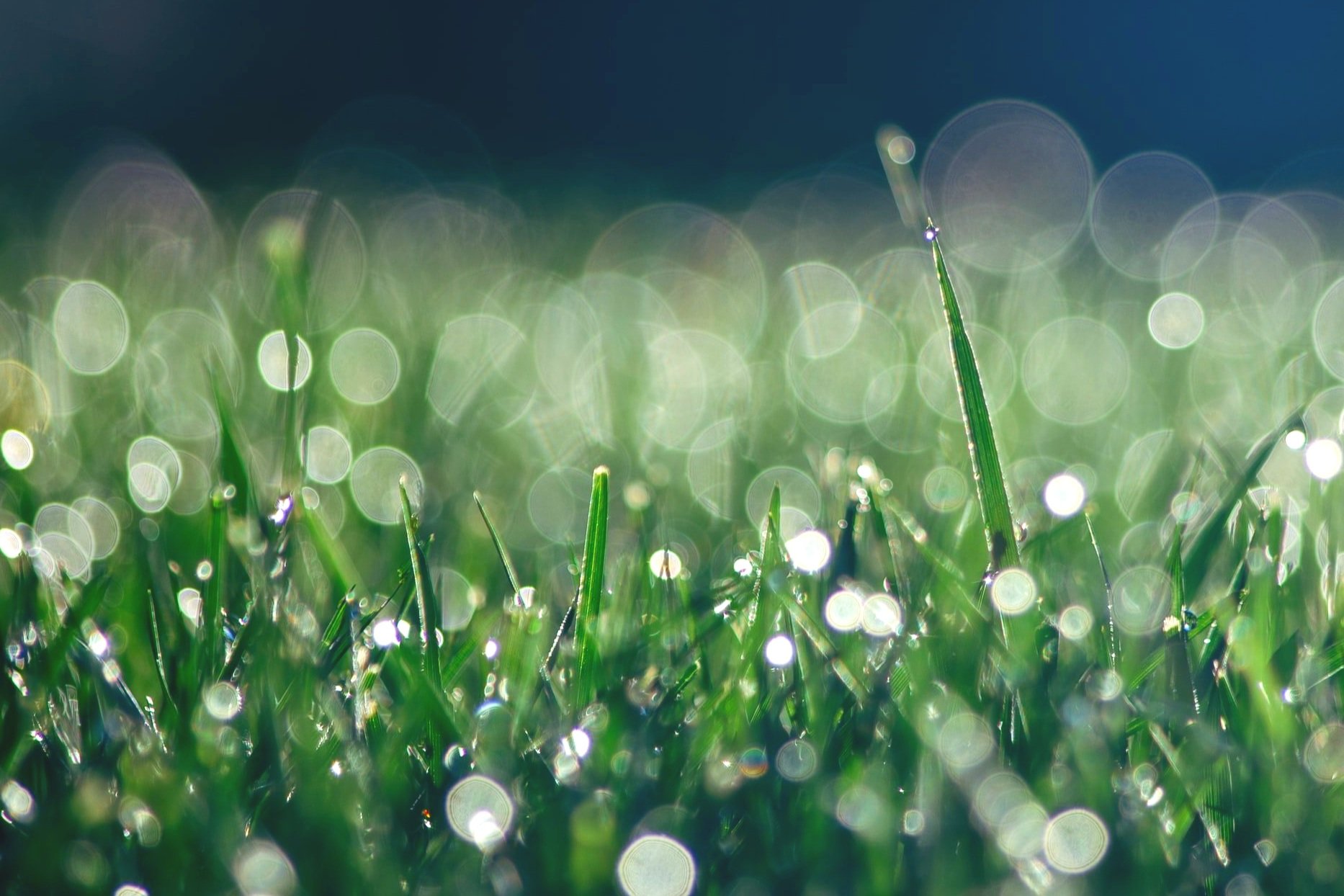Chemical pest control isn’t as safe as you think
By George Atchley
When it comes to pest control in our homes and yards, it seems that spraying away the problem creates a bigger problem. What cost are we willing to pay for that convenience?
Although we’ve been led to believe that pesticide use is safe, science and statistics tell us otherwise.
The risks of chemical pest control
Numerous studies show that of the 40 most commonly used lawn pesticides, 12 are linked to birth defects, 21 to reproductive effects, 24 to neurological damage, 24 to hormonal damage, 26 are linked to cancer, 32 to liver or kidney damage.
Of those same 40 lawn pesticides, 18 are toxic to mammals, 21 can be found in groundwater, 24 can make their way into drinking water, 28 are toxic to birds, 33 can kill bees, and 39 are toxic to fish and other marine life.
These figures include “weed and feed” products. Herbicide usage accounts for the highest occurrence of pesticides in households.
Household pesticide use has been linked to asthma, cancers, developmental and learning disorders in children. Pesticide use has also been found to be a contributing factor in toxicity, long-term debilitation and death in pets.
Conclusion
You don’t have to abandon the idea of a lush, productive lawn and garden to protect your family’s health. Organic, environmentally friendly options are available.
ClimateYard™ is a probiotic lawn and landscape solution that replaces conventional fertilizer with an eco-friendly blend of beneficial bacteria and fungi. And, children and pets don’t lose any outdoor time in a ClimateYard. Schedule an appointment for a free custom quote today.
Sources:
• U.S. EPA. Office of Pesticide Program Reregistration Eligibility Decisions(REDs), Interim REDS (iREDs), and RED factsheets. http://www.epa.gov/pesticides/reregistration/.
• National Library of Medicine, TOXNET, Hazardous Substances Database, http://toxnet.nlm.nih.gov/.
• U.S. EPA. 2019. Office of Pesticide Programs, Chemicals Evaluated for Carcinogenic Potential.http://npic.orst.edu/chemicals_evaluated.pdf.

